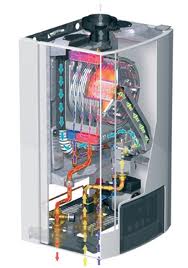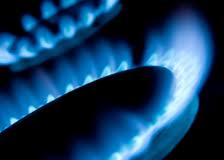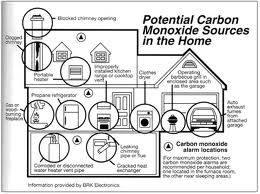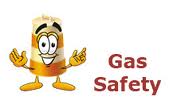|
 Gas Safety Certificates and servicing. Whether you are a Landlord or a home owner it is vital that your gas appliances are checked and serviced regularly. Landlords are required by law to have annual gas safety checks. It would make sense for home-owners to do the same, regular servicing prevents major problems arrising down the line and will cost less in the long run, but of course the most important part is the safety aspect, being a highly combustible fuel risks should not be taken. Boiler Flues in Ceiling Spaces Important advice for consumers who have flues which run in ceiling spaces Some properties, mainly flats and apartments, have been built with boiler flues which cannot be inspected because they are hidden behind walls or ceilings. The boiler flues that this information relates to are connected to room-sealed fan assisted boilers. If you live in one of these homes then please read on for more information so you know what to do.Gas Safe registered engineers need to be able to see the flue − which take fumes away from the boiler − as part of essential safety checks whenever the boiler is worked on. A flue in poor condition, combined with a boiler that is not working properly, could put you and your family in danger from carbon monoxide poisoning, which can cause death or serious injury.If your boiler is situated on an outside wall, it is unlikely you have this type of flue. Alternatively, if your engineer can see all of the flue, you will not need to take any further action in relation to this matter.If you do have a boiler where all, or part of, the flue cannot be seen, you, or your landlord, will need to arrange for inspection hatches to be fitted. This does not mean that your flue system is suddenly unsafe. As long as the boiler passes a series of safety checks − including having audible carbon monoxide alarms fitted − it can be used normally for the time being.Carbon monoxide alarms are not an alternative to being able to see the flue and you will still need to have inspection hatches fitted. You have until 31 December 2012 for this work to be completed. It is recommended that inspection hatches are fitted as soon as you are able to do so. From 1 January 2013, any Gas Safe registered engineer will turn the boiler off and formally advise you not to use it until inspection hatches have been fitted in appropriate placesAlthough most of the affected boiler and flue systems are relatively new (installed since 2000), the risk of faults leading to the release of carbon monoxide increases as the system gets older, especially if it is not serviced regularly. It is important that you have your gas appliances serviced annually. You need to take action nowIf your property is less than two years old then contact your builder. If your property is between two and ten years old contact your home warranty provider, as you may be covered by them if there are defects in the flue. A list of the main home warranty providers is shown below. If your property is 10 years or older you should contact us. If you are a tenant, it is the responsibility of your landlord to ensure that inspection hatches are installed and that the boiler and flue are checked every year. fluesinvoids@gassaferegister.co.uk NHBC (National House Building Council) 0844 633 1000 www.nhbc.co.uk   A carbon monoxide detector or CO detector is a device that detects the presence of the carbon monoxide (CO) gas in order to prevent carbon monoxide poisoning. CO is a colorless and odorless compound produced by incomplete combustion. It is often referred to as the "silent killer" because it is virtually undetectable without using detection technology. Elevated levels of CO can be dangerous to humans depending on the amount present and length of exposure. Smaller concentrations can be harmful over longer periods of time while increasing concentrations require diminishing exposure times to be harmful. CO detectors are designed to measure CO levels over time and sound an alarm before dangerous levels of CO accumulate in an environment, giving people adequate warning to safely ventilate the area or evacuate. Some system-connected detectors also alert a monitoring service that can dispatch emergency services if necessary.While CO detectors do not serve as smoke detectors and vice versa, dual smoke/CO detectors are also sold. Smoke detectors detect the smoke generated by flaming or smoldering fires, whereas CO detectors detect and warn people about dangerous CO buildup caused, for example, by a malfunctioning fuel-burning device. In the home, some common sources of CO include open flames, space heaters, water heaters, blocked chimneys or running a car inside a garage.  Free friendly advice is just a phone call away: 01553 777036
|